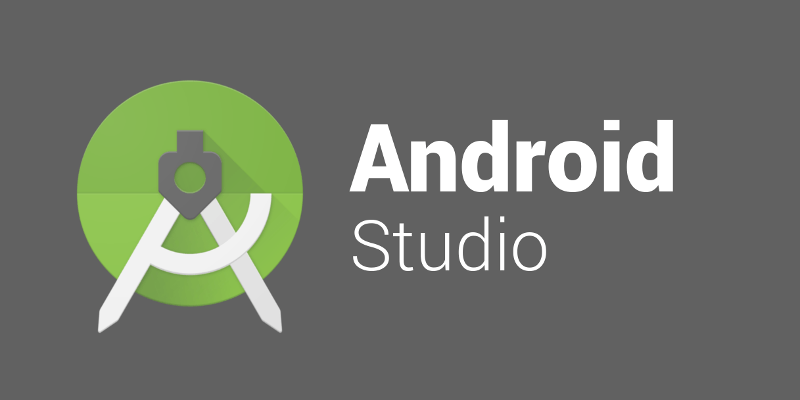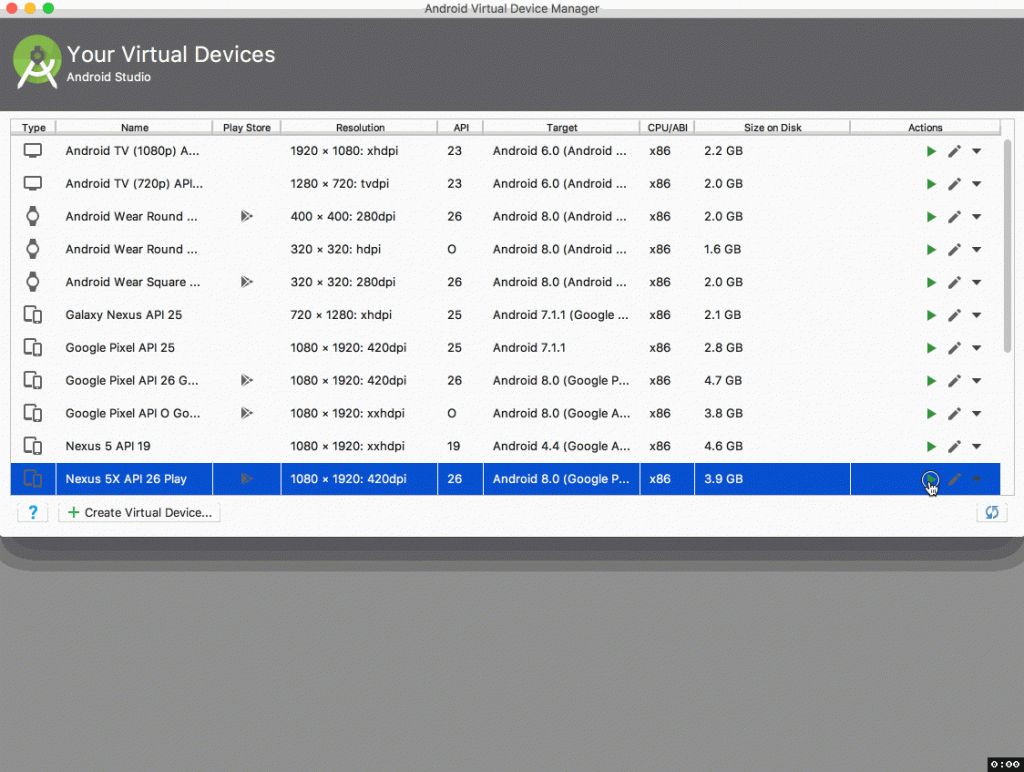The newest branch of Android Studio in the canary channel, version 3.x, is bleeding edge. Since its debut a few months ago, Google's focused on improving the integrated development environment's (IDE) user experience. Android Studio 3.0 introduced a new feature called Quick Boot, and today, Google's bringing it to the stable release.
The goal of Quick Boot is to make resuming Android Emulator sessions faster and easier. The first time you start an Android Virtual Device (AVD) within the Android Emulator, it goes through what's called a "cold boot." Previously, subsequent starts were no different, but Android Studio versions with Quick Boot save the system state at shutdown and restore it when you reopen the emulator. (It can resume a session in under 6 seconds, according to Google.)
The folks at Google were able to accomplish this by completely re-engineering the legacy emulator snapshot architecture so that it would work with virtual sensors and GPU acceleration. Quick Boot doesn't require additional setup -- it's enabled by default in Android Emulator v27.0.2.
Quick Boot isn't the only feature that's new to the stable branch of Android Studio. Android Compatibility Testing Suite (CTS) integration is in tow, as is a memory manager that allocates system RAM on demand and new Android System Images that include the Play Store app.
If you held off on downloading the canary release of Android Studio and haven't had a chance to check out Quick Boot, head to the source link to get started.


